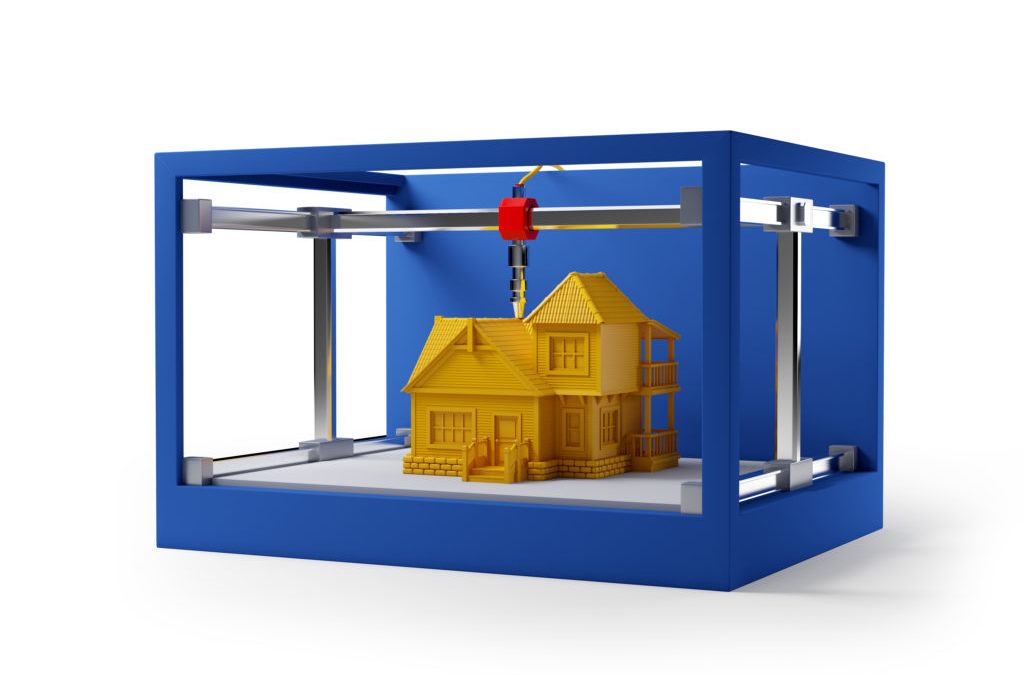Chuck Hull is a primary example of someone who recognized his frustrations, turned around and created a solution. Lucky for him, his solution worked on a much larger scale than he planned and has turned into the phenomenon we know today as 3D printing.
If you haven’t wrapped your mind around what 3D printing actually entails, we’ll explain it in a nutshell.
It began when Chuck Hull became increasingly frustrated in his industry with the time necessary to produce small plastic parts. Keep in mind, most people in this industry shared this frustration, Hull just took it upon himself to act on it. The company he was with at the time was utilizing UV light to produce thin plastic veneers as coverings for various types of furniture.
Speeding up this process would not only improve the industry Hull was in, but could be taken a step further using light to create shape within the plastic and potentially allow for the creation of three-dimensional objects. Hull worked late night after late night for a year before he developed the system he had created in his head.
He utilized photopolymer, which shifts from liquid to a sort of solid plastic when exposed to light. Using a vat of this material along with UV rays, Hull could trace shapes layer by layer into the photopolymer, creating a process called “stereolithography”. He patented this invention in 1986 and soon after secured significant funding.
Chuck Hull knew that implementing three-dimensional printing into our everyday lives would take at least 25 years. He was correct, but what he might not have realized is how wide-spread this process would become as it benefits so many different industries. One recent accomplishment is the framework of an entire building built by researchers from MIT in only 14 hours.
While Chinese construction companies have been using 3D printers for over 10 years, this is the first instance that used a free-moving system for the printing process. This process eliminates any size constraints and environment-based restrictions. The structure was 50 feet in diameter and 12 feet high. As you can guess, this opens up a lot of doors for the construction industry.
The benefits of 3D printing are seemingly endless as we continue to discover more processes it can streamline. From a manufacturing standpoint, it allows production at lower quantities and on demand, eliminating the need for forecasting sales and inventory levels. Even in the medical field, a recent experiment allowed an ovary to be printed on a mouse, opening the door to producing hard and soft tissue for animals and possibly humans too.
In 2011, there were 31 manufacturers producing 3D printers. That number doubled by 2015, and last year grew to 97 companies producing and selling printers. As these results continue to impress us, who knows where we’ll be in another 5 years. They could become a common household tool…or a thing of the past. What are your thoughts on the future of 3D printing?

